macOS animations add visual appeal and help users navigate the interface smoothly. However, these animations can sometimes slow down your workflow, especially if you're multitasking or using an older Mac model. Reducing or disabling these animations can significantly speed up your system's responsiveness. Here's how to adjust animations on macOS to make your Mac feel faster and more efficient.
Disable or Speed Up Dock Animations
The Dock animation, especially when set to auto-hide, can feel sluggish if you frequently access your apps. To speed it up, you can use a simple Terminal command.
Step 1: Open Terminal (Applications > Utilities > Terminal).
Step 2: Paste the following command and press Enter:
defaults write com.apple.dock autohide-time-modifier -float 0.15; killall Dock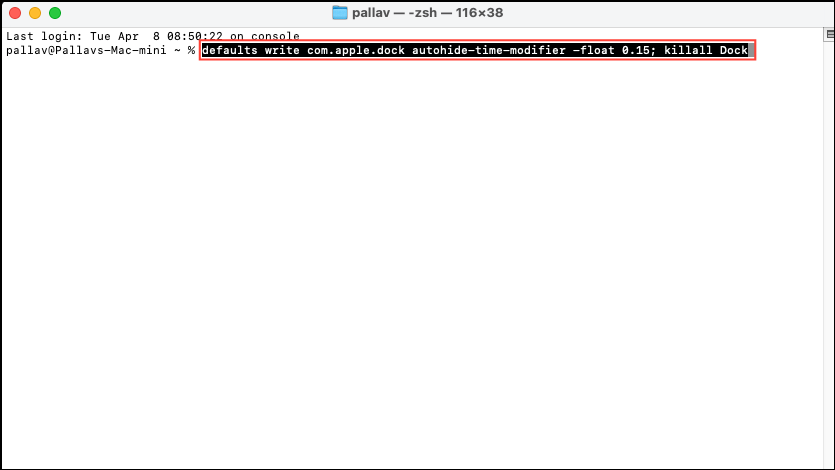
This command reduces the Dock's animation time, making it appear and disappear much faster. Adjust the 0.15 value to your preference. To revert to default speed, run:
defaults delete com.apple.dock autohide-time-modifier; killall Dock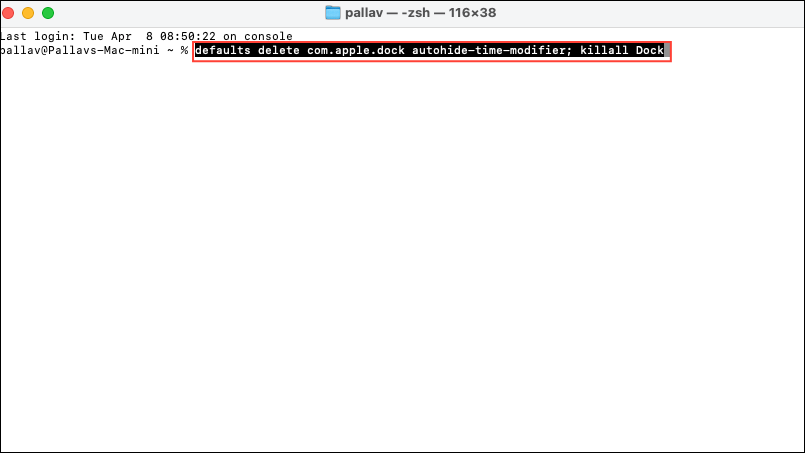
Speed Up Launchpad Animations
Launchpad's default opening and closing animations can feel slow. To speed up these animations, follow these steps.
Step 1: Open Terminal.
Step 2: Paste and execute the following commands:
For speeding up Launchpad opening:
defaults write com.apple.dock springboard-show-duration -float 0.1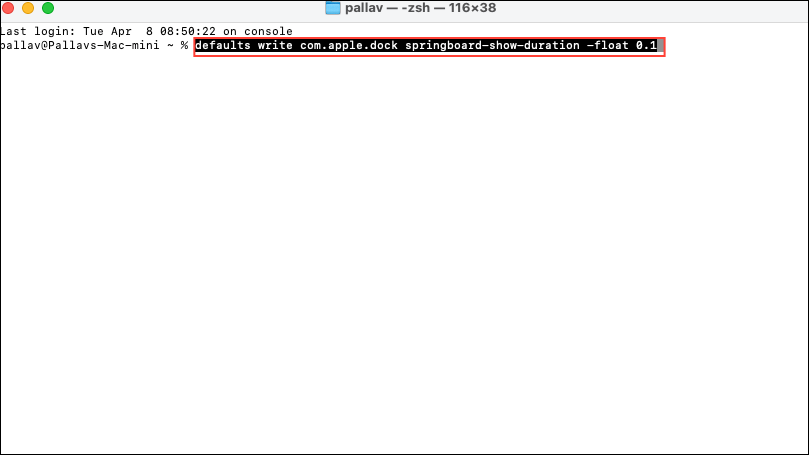
For speeding up Launchpad closing:
defaults write com.apple.dock springboard-hide-duration -float 0.1; killall Dock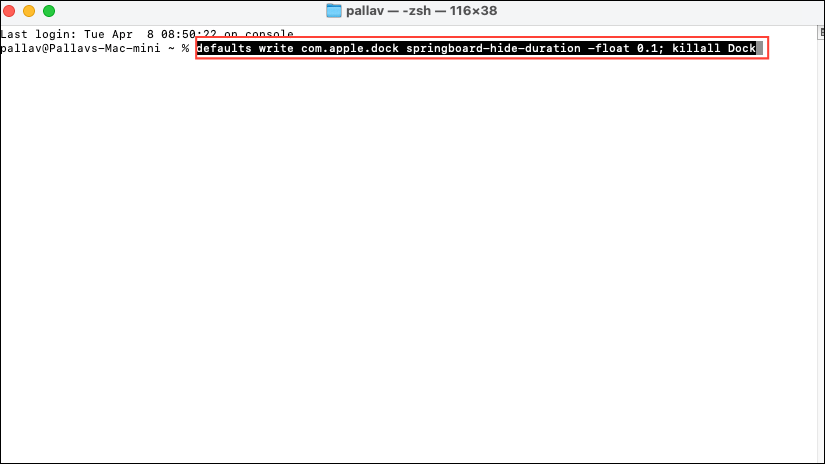
To revert to default speeds, use these commands:
defaults delete com.apple.dock springboard-show-duration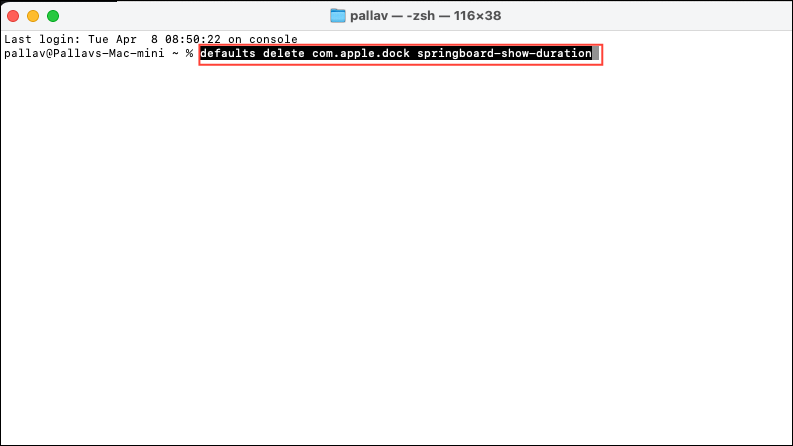
Reduce Launchpad Page Switching Animation
Moving between Launchpad pages can also feel sluggish. Here's how to speed it up. Step 1: Open Terminal.
Step 2: Paste the command below and press Enter:
defaults write com.apple.dock springboard-page-duration -float 0.2; killall Dock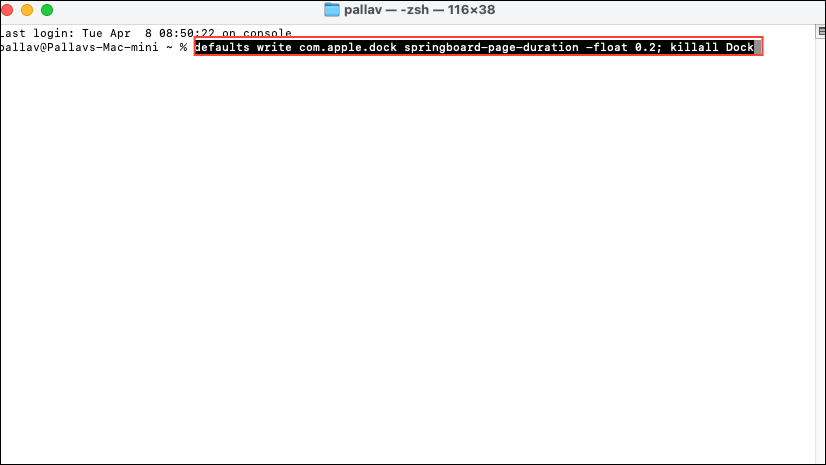
To reset to default animation speed, run:
defaults delete com.apple.dock springboard-page-duration; killall Dock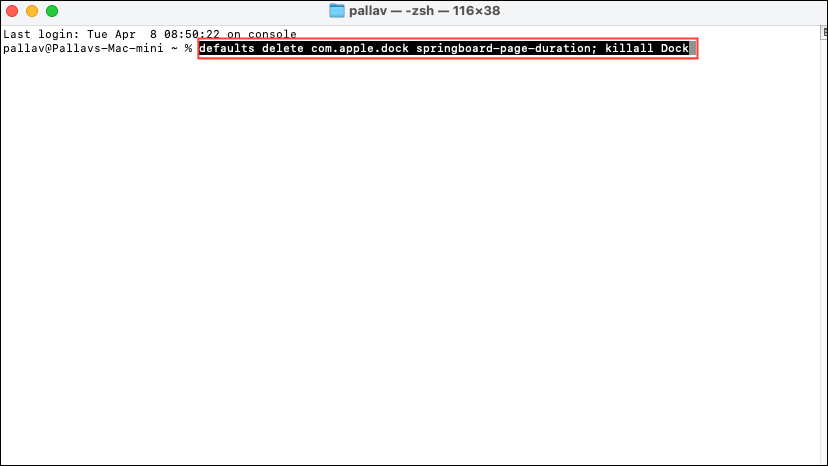
Disable Finder Animations
Finder animations, such as window resizing and scrolling effects, can slow down navigation. To disable these animations, open Terminal and run the following command:
defaults write com.apple.finder DisableAllAnimations -bool true; killall Finder
This command instantly disables Finder's subtle animations, making file navigation feel snappier. To revert to default settings, use:
defaults delete com.apple.finder DisableAllAnimations; killall Finder
Switch to Faster Window Minimization Animation
MacOS defaults to the "Genie" effect when minimizing Windows, which can make it feel slow. Switching to the "Scale" effect speeds up this action significantly.
Step 1: Open System Settings by clicking the Apple icon at the top left.

Step 2: Navigate to Desktop & Dock settings.
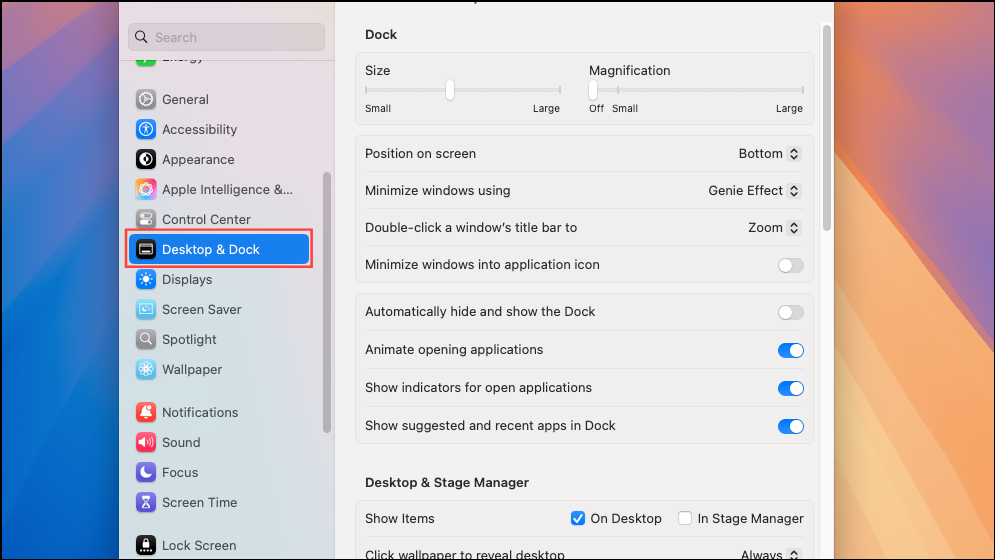
Step 3: Select "Scale effect" from the "Minimize windows using" drop-down menu.
Alternatively, you can quickly switch via Terminal:
defaults write com.apple.dock mineffect -string scale; killall DockReduce Motion in System Settings
macOS provides an accessibility option to reduce motion effects system-wide. This option disables animations like switching between virtual desktops and opening Mission Control.
Step 1: Open System Settings.

Step 2: Go to Accessibility > Display.

Step 3: Enable the "Reduce motion" toggle.
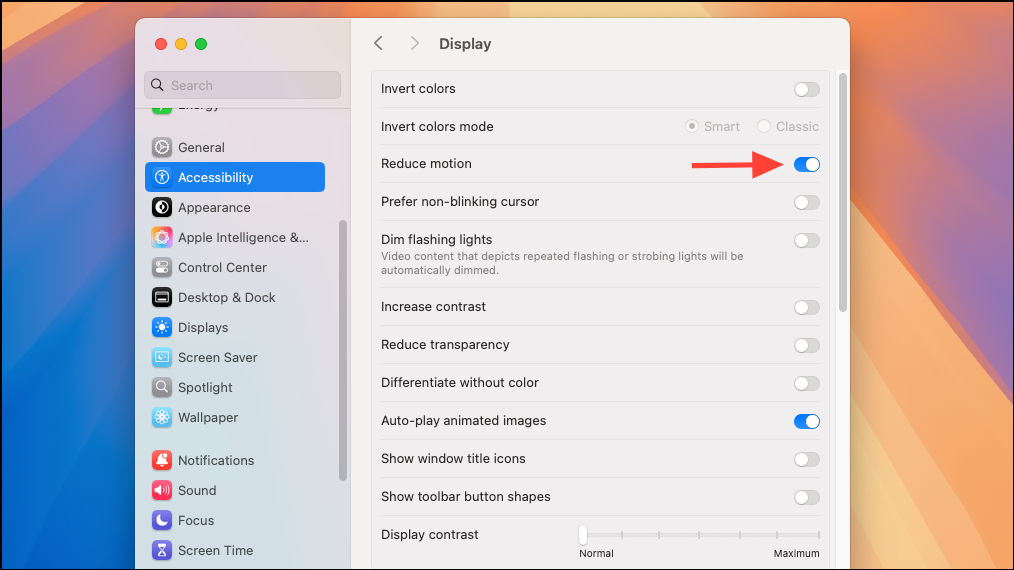
This change provides a snappier, more responsive feel, particularly beneficial on older hardware.
Adjust Screen Refresh Rate
If your Mac supports multiple refresh rates, selecting a higher refresh rate can make animations smoother and more responsive.
Step 1: Open System Settings.

Step 2: Navigate to Displays settings.

Step 3: Select your display and choose a higher refresh rate from the available options. Keep in mind that higher refresh rates can slightly increase battery consumption on laptops.

By adjusting these animations and settings, you'll notice a clear improvement in your Mac's responsiveness. Experiment with these settings to find the right balance between visual appeal and speed for your workflow.


